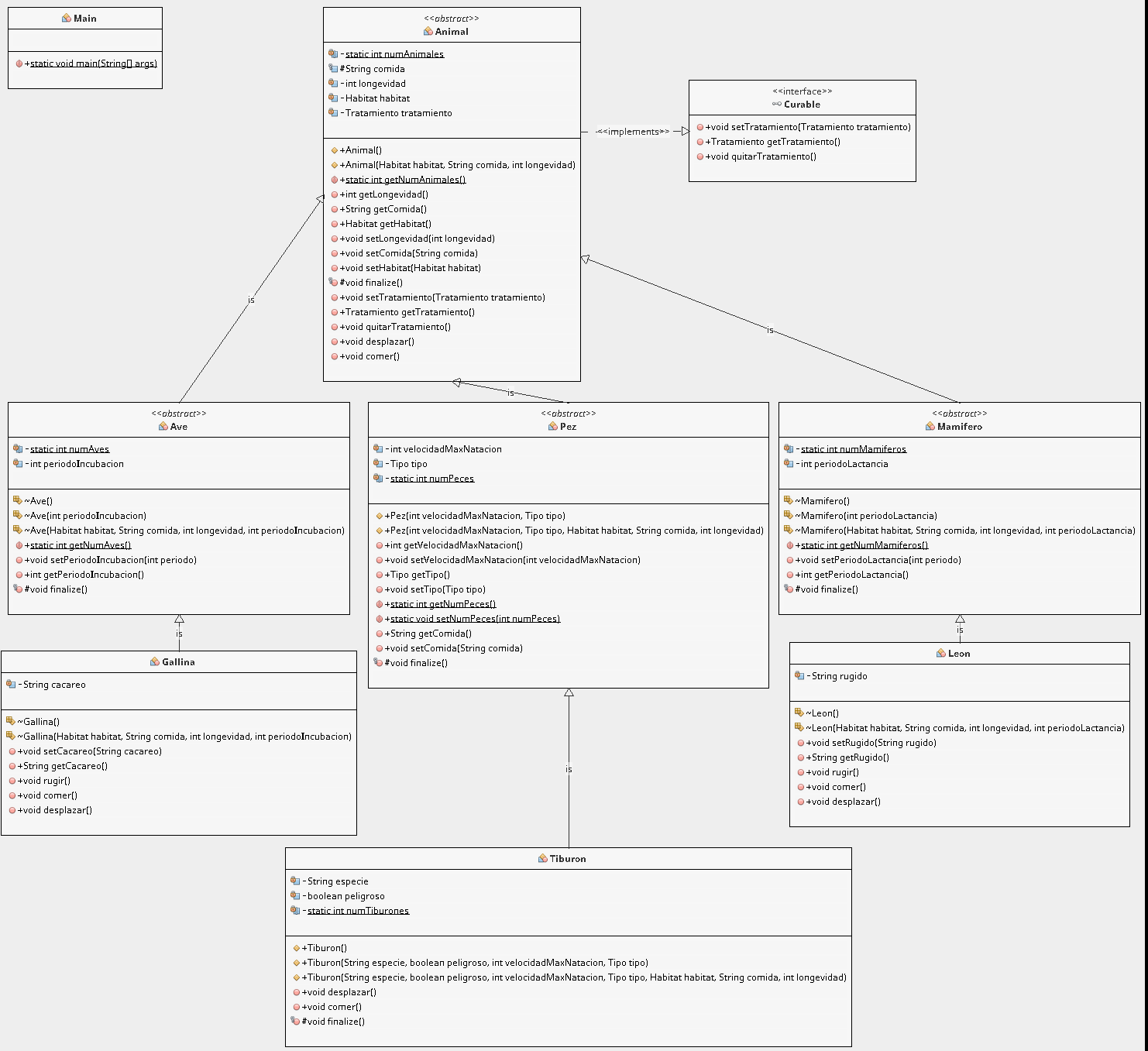
- #Visual paradigm netbeans plugin install
- #Visual paradigm netbeans plugin software
- #Visual paradigm netbeans plugin code
IDATA1001/IDATA2001 - Used for UML modeling, mostly by the teacher for demonstrations, but made available for students for those that want to test it out.The license is registered on Arne Styve at IE/IIR.
#Visual paradigm netbeans plugin software
The user must register using his/her NTNU e-mail in order to be recognized as being a part of this license.įor instructions for downloading and installing the software go to
#Visual paradigm netbeans plugin install
With this Academic Partnership license, all academic staff AND students can download, install and use the tool for non-commercial activities. September 2019 NTNU bought a department wide license of the tool. The tool is available on Windows, MacOSX and Linux. The tool is both standalone and comes as a plugin to Netbeans and IntelliJ. Whenever you resize the form, switch locales, or specify a different look and feel, your GUI automatically adjusts to respect the target look and feel’s insets and offsets.Visual Paradigm is one of the leading tools for any kind of of modeling in ICT (UML models, BPR-models, ER-models for databases etc. Because it uses a dynamic layout model, GUI’s built with the GUI Builder behave as you would expect at runtime, adjusting to accommodate any changes you make without altering the defined relationships between components. In the background, the GUI Builder translates your design decisions into a functional UI that is implemented using the new GroupLayout layout manager and other Swing constructs. As you lay out your form, the GUI Builder provides visual guidelines suggesting optimal spacing and alignment of components. Please use netbeans Java (8.2)Design with UML diagrams (Use case diagram and class diagrams).Use visual Paradigm to draw UML.Use state design pattern in. create a JAVA project in Eclipse / Netbeans IDE from UML diagrams.
#Visual paradigm netbeans plugin code
It does this by extending the current NetBeans IDE GUI Builder to support a straightforward "Free Design" paradigm with simple layout rules that are easy to understand and use. LAB 6: Code Generation with Visual Paradigm for UML and JDBC Integration OBJECTIVES. The IDE’s GUI Builder solves the core problem of Java GUI creation by streamlining the workflow of creating graphical interfaces, freeing developers from the complexities of Swing layout managers. *Displays the properties of the component currently selected in the GUI Builder, Navigator window, Projects window, or Files window. In addition, you can create, remove, and rearrange the categories displayed in the Palette using the customizer. *A customizable list of available components containing tabs for JFC/Swing, AWT, and JavaBeans components, as well as layout managers. The Navigator also provides visual feedback about what component in the tree is currently being edited in the GUI Builder as well as allows you to organize components in the available panels.

*Provides a representation of all the components, both visual and non-visual, in your application as a tree hierarchy. The additional toolbar buttons provide convenient access to common commands, such as choosing between Selection and Connection modes, aligning components, setting component auto-resizing behavior, and previewing forms. The toolbar’s Source button enables you to view a class’s source code, the Design button allows you to view a graphical view of the GUI components, the History button allows you to access the local history of changes of the file.

*The GUI Builder’s primary window for creating and editing Java GUI forms.


 0 kommentar(er)
0 kommentar(er)
